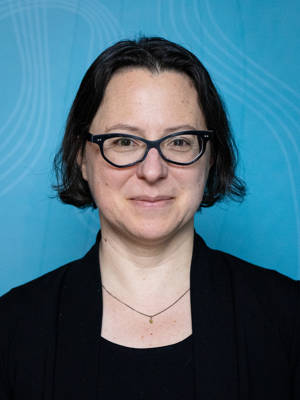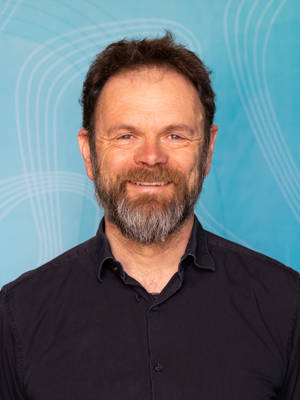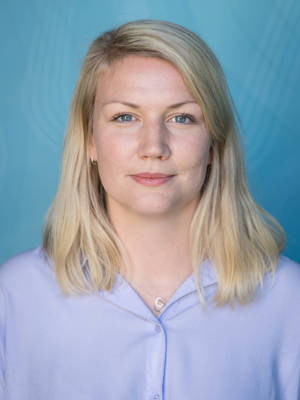A recent wave of societal upheavals across the Middle East and beyond has accentuated concerns that adverse climatic conditions increase conflict risk. A simple and sweeping climate-conflict effect is not likely but climate variability and extremes can have powerful indirect and conditional effects on political violence. The most plausible mechanism linking these phenomena is adverse agricultural production changes. Yet, little is known about the conditions under which this causal pathway is most likely to materialize.
To get updates on events and project outputs, go visit our Climate and Conflict Blog.
The CROP project addresses this research lacuna head-on. It will be guided by following research challenges:
- Identify key conditions exacerbating the conflict potential of agricultural production changes
- Simulate implications of alternative a scenarios for future conflict risk
The project will move beyond the research frontier along three dimensions, by explicitly
- accounting for contexts within which negative agricultural production changes are most likely to result in violent conflict;
- accounting for the relevant social actors involved (rural producers, urban consumers); and
- evaluating the implications of uncovered patterns for future conflict risk through out-of-sample validations and forecasting along state-of-the-art socioeconomic and climate change-related scenarios.
Project members:
Halvard Buhaug, Jonas Vestby, Elisabeth Rosvold, PRIO;
Nina von Uexkull, Håvard Hegre, Ida Rudolfsen, Uppsala;
Andrew Linke, University of Utah.
Project period: April 2017 – May 2021
Budget: NOK 8 mill














